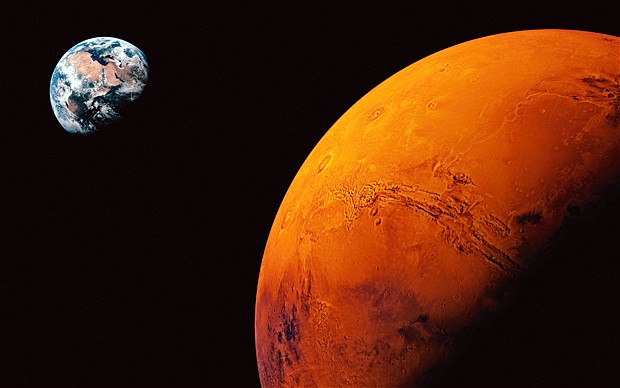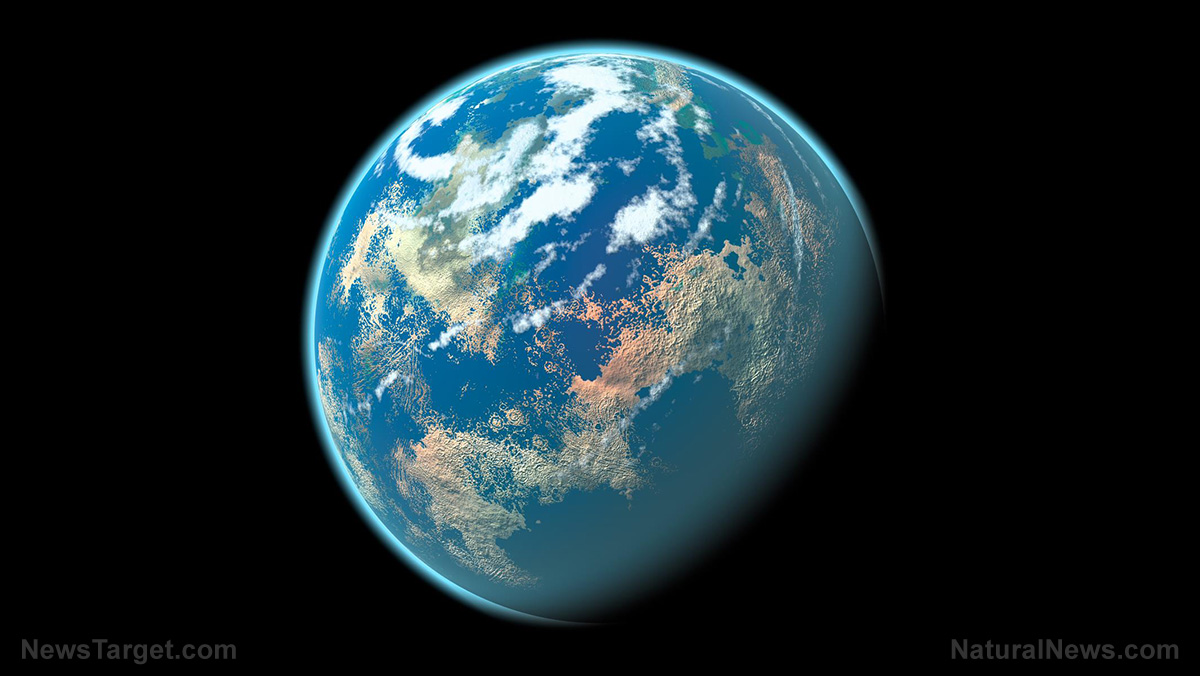Researchers discover a planet orbiting a star rocked by “starquakes”
08/18/2019 / By Edsel Cook

The first exoplanet found by NASA’s TESS space telescope dances around a similarly exciting star. The planet is a type of gas giant called a “hot Saturn” while the system primarily displays signs of “starquakes.”
Experts say that stars sometimes experience seismic waves. The oscillations produced by these starquakes disrupt the brightness of their host. The activity may also affect any nearby exoplanets.
The Transiting Exoplanet Survey Satellite (TESS) spotted such fluctuations in a star designated as TOI-197. The acronym stood for “TESS Object of Interest.”
The same star also happened to host an exoplanet. The newly discovered planet received the name of TOI-197.01.
Researchers from the University of Hawaii (UH) and Iowa State University (ISU) evaluated the new exoplanet. They found that TOI-197.01 was around the same size as Saturn.
Furthermore, the exoplanet lay quite close to its parent star. The proximity led to a brief orbital period of 14 days and scorching temperatures.
“This is the first bucketful of water from the firehose of data we’re getting from TESS,” remarked ISU researcher Steve Kawaler, who served as one of the co-authors of the study. (Related: It took 10 years to prove: First exoplanet finally confirmed.)
New space observatory hunts for exoplanets around nearby stars
TESS is the successor to the retired Kepler space observatory. The new spacecraft will search for exoplanets in other star systems.
Its quartet of cameras spends one month scanning a vertical swathe of the sky. By the end of its two-year-long mission, TESS will have studied 26 such strips in both hemispheres, which comprise 85 percent of the heavens.
The observatory sends large volumes of images back to Earth. Researchers analyze the data for signs of transits – the minute drops in the brightness of a star when its orbiting planet passes between it and the telescope.
TESS modified and improved on Kepler’s technique for hunting exoplanets. Whereas the older spacecraft focused on a smaller slice of the sky and targeted faraway stars, its successor went after nearby, brighter stars.
Thanks to TESS’s targeting priorities, researchers may use other space and ground instruments to follow up on its discoveries. It becomes faster and easier to evaluate and describe any new stars and exoplanets.
Based on a separate study by the TESS Asteroseismic Science Consortium (TASC), the space observatory will eventually provide data on 25,000 stars. Many of these targets resemble the sun and experience oscillations due to various reasons.
Stellar seismic activity tells researchers more about stars and planets
TASC researchers applied asteroseismic modeling to a newly discovered star. Their technique calculated the age, mass, and size of the stellar body. When combined with other data, asteroseismic modeling also worked on any exoplanets present around the star.
In the study of TOI-197 and its attendant exoplanet, the TASC researchers determined the age of the star to be five billion years old. It was also slightly larger and heavier than the sun.
Furthermore, they determined that the exoplanet TOI-197.01 was a gas giant with a radius nine times that of Earth. While its mass equaled 60 Earths, its larger size also meant it was much less dense.
Pleased with the asteroseismic evaluations of TESS’ first star and exoplanet, TASC researchers looked forward to more surprises from the planet-hunting space observatory.
“The thing that’s exciting is that TESS is the only game in town for a while and the data are so good that we’re planning to try to do science we hadn’t thought about,” Kawaler explained. “Maybe we can also look at the very faint stars—the white dwarfs—that are my first love and represent the future of our sun and solar system.”
Sources include:
Tagged Under: asteroseismic, astronomy, exoplanets, hot Jupiter, hot Saturn, outer space, planets, saturn, space exploration, space research, starquakes, Stars, TESS, Transiting Exoplanet Survey Satellite
RECENT NEWS & ARTICLES
COPYRIGHT © 2017 SPACE.COM
All content posted on this site is protected under Free Speech. Space.com is not responsible for content written by contributing authors. The information on this site is provided for educational and entertainment purposes only. It is not intended as a substitute for professional advice of any kind. Space.com assumes no responsibility for the use or misuse of this material. All trademarks, registered trademarks and service marks mentioned on this site are the property of their respective owners.


















